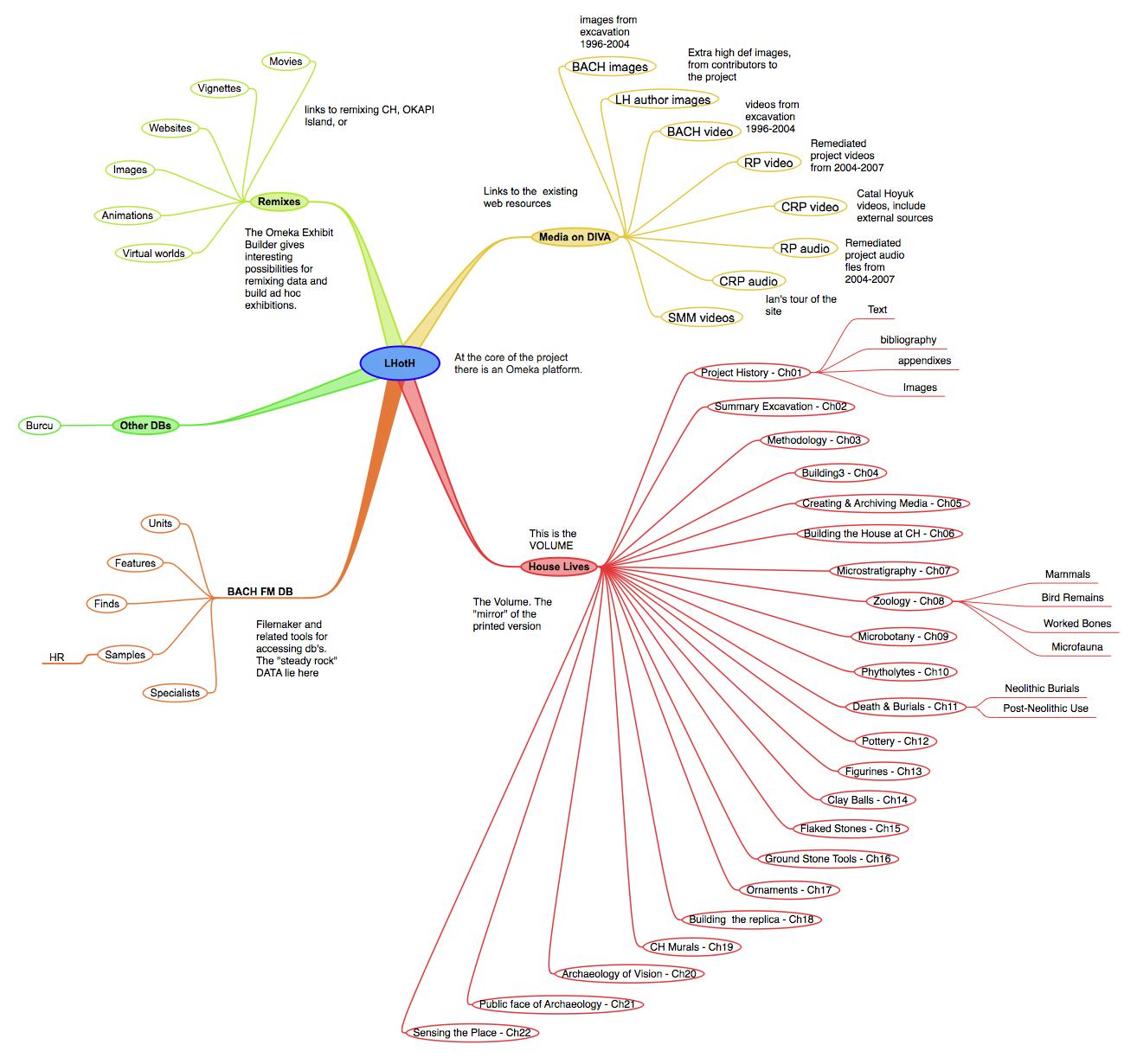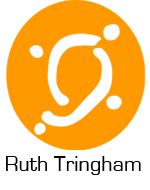Last House on the Hill: Digitally Remediating Data and Media for Preservation and Access (2011)
with Michael Ashley and Cinzia Perlingieri
This paper grew out of a presentation at the 10th VAST International Symposium on Virtual Reality, Archeology and Cultural Heritage held in Valetta, Malta in September 2009. This paper is the first document officially setting down how we propose the architecture and content management of digital version of the final report of the BACH project that is entitled “Last House on the Hill”. As a result of the presentation, we were invited to submit it (successfully) for publication in the online JOCCH journal. In the end, much of what we proposed in this article, such as using the Omeka as an online exhibit platform, we rejected.

Abstract
The aim of our project, Last House on the Hill (LHotH), is to holistically reconstitute the rich multimedia and primary research data with the impressive texts of the monograph, the printed final report of the Berkeley Archaeologists at Çatalhöyük (BACH) project, in which a team from UC Berkeley excavated a group of Neolithic 9000-year old buildings at this famous cultural heritage location in Central Anatolia, Turkey. The Last House on the Hill brings together the published text, complete project database (including all media formats such as photographs, videos, maps, line drawings), related websites, data and media outside the direct domain of the BACH project, and recontextualised presentations of the data as remixes, movies, and other interpretive works by BACH team members and many others. We are achieving this through an event-centered, CIDOC-CRM compatible implementation ontology, expressed with the open source Omeka web-publishing platform, providing open access, transparency and open-endedness to what is normally the closed and final process of monograph publication. This paper describes the strategy, goals, architecture and implementation for the project, emphasizing the novel and innovative approaches that were required to make the project successful.
The idea of embedding, interweaving, entangling and otherwise linking the data and media from archaeological excavations with their interpretation and meaningful presentation in an open access sharable platform has long been an ambition of those of us working in the digital documentation of archaeological research and the public presentation of cultural heritage. Formidable barriers still exist to making it possible for projects to achieve these aims, ranging from intellectual property concerns to providing commitments to the long-term sustainability of the digital content. Working in collaboration with the contributors, archaeological project managers, publishers and information technologists, we devised a content licensing agreement that makes it possible for the primary research media and data, combined with the monograph texts, to be freely and openly accessible in perpetuity.
Citation
Ashley, Michael, Ruth Tringham and Cinzia Perlingieri (2011) Last House on the Hill: Digitally Remediating Data and Media for Preservation and Access. ACM Journal on Computing and Cultural Heritage 4(4):Article 13.
Reviews
